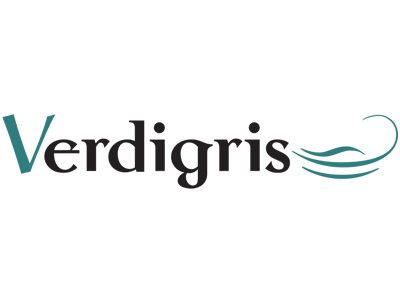The foresight of both the Forest Stewardship Council (FSC) and the Programme for the Endorsement of Forest Certification (PEFC) is to be commended. Both organisations provide Chain of Custody (CoC) certifications for wood and wood-based products (furniture, paper and so on). The two have long been striving to make it easier for everyone to trust that products such as paper and building materials, are responsibly sourced. Their considerable efforts have also raised awareness of the need for proactive forest management. We also appreciate the urgent need to stop the loss of forests in developing markets. And we are especially keen on rain forest and habitat protection in places such as Indonesia, where the most egregious examples of arboreal vandalism occur.
Between them the FSC and PEFC account for 98% of the world’s CoC certifications. The two organisations share the same objectives, but they have very different structures which has sometimes been confusing in the market. PEFC endorses national schemes to support small forest owners. Members have developed over 35 such schemes and over 16,000 companies worldwide are PEFC certified. On this basis PEFC claims to be the world’s largest forest certification system.
The FSC makes a similar claim but as a commercial enterprise it operates its own scheme internationally, rather than endorsing local certification schemes developed by members. It also provide forests management as part of its chain of custody certifications. Crucially the FSC also licenses its scheme to other companies who want to promote FSC certifications. This gives the FSC a rather different commercial model compared to the PEFC.
When work started on an ISO CoC certification in 2013 both PEFC and FSC cried foul. Together they claimed that an ISO document would not add value in the marketplace. However that it would compete with their services was more likely at the heart of their concerns. ISO pressed on and steadily worked to resolve the complicated politics. Eventually the FSC and PEFC understood that having an ISO standard to endorse their work was a good thing and now both organisations are in liaison with the ISO committee developing this work.
ISO 38200 is now in its final stages of development. It specifies requirements for CoCs for wood, wood based products, cork and other lignified materials such as bamboo. It is expected that ISO 38200 will provide a common framework for certifications and for communications related to CoCs. This could mean more players in the CoC certification game, which will open up the COC certification market. However it is rather more likely to strengthen the positions of the incumbents, who are moving to ensure that their systems comply with ISO 38200 and who have assisted in the standard’s development.
– Laurel Brunner
This article was produced by the Verdigris Project, an industry initiative intended to raise awareness of print’s positive environmental impact. This weekly commentary helps printing companies keep up to date with environmental standards, and how environmentally friendly business management can help improve their bottom lines. Verdigris is supported by the following companies: Agfa Graphics, EFI, Fespa, HP, Kodak, Kornit, Ricoh, Spindrift, Splash PR, Unity Publishing and Xeikon.





